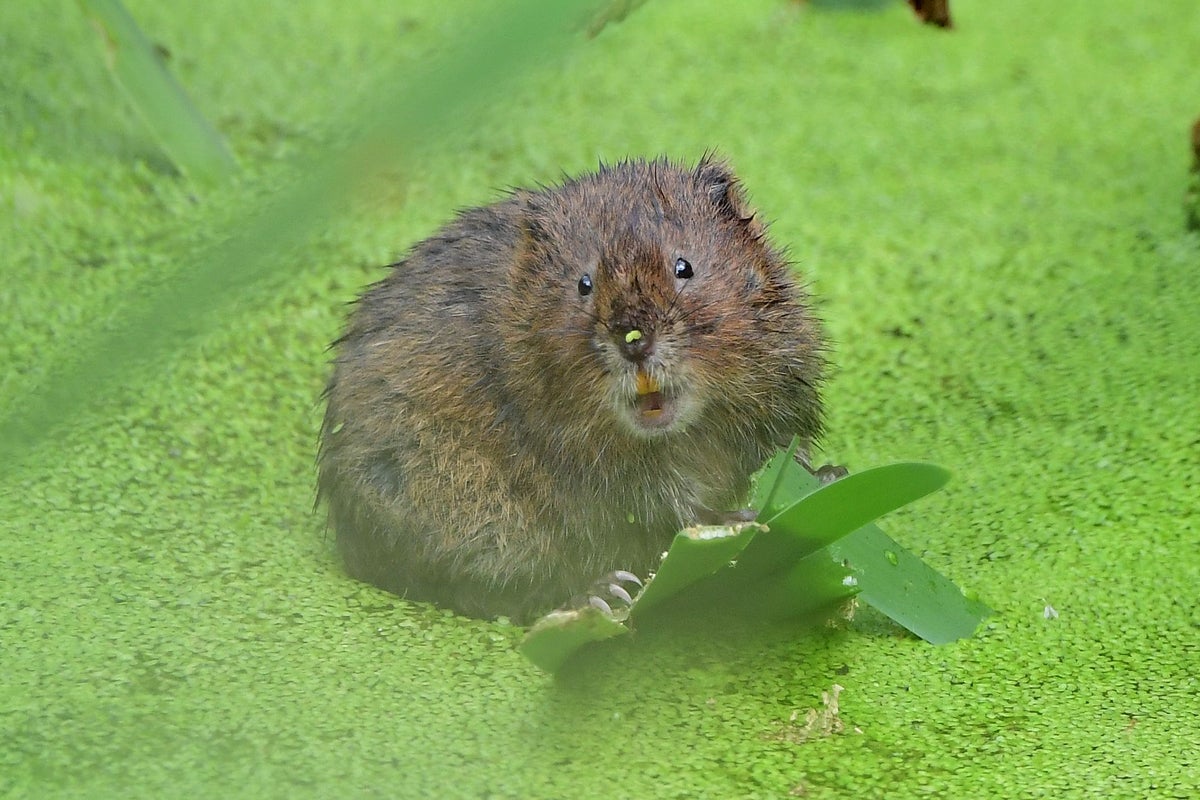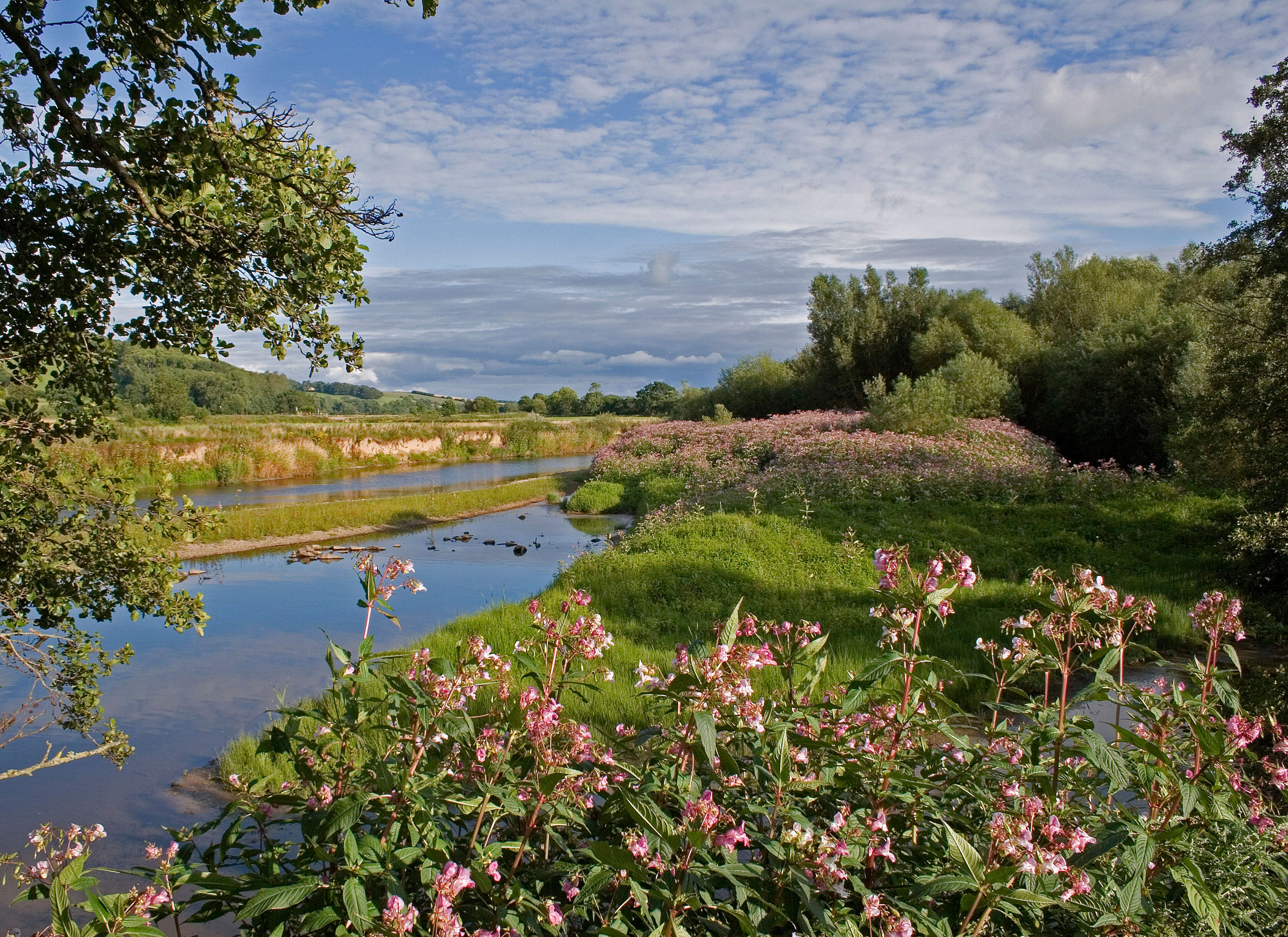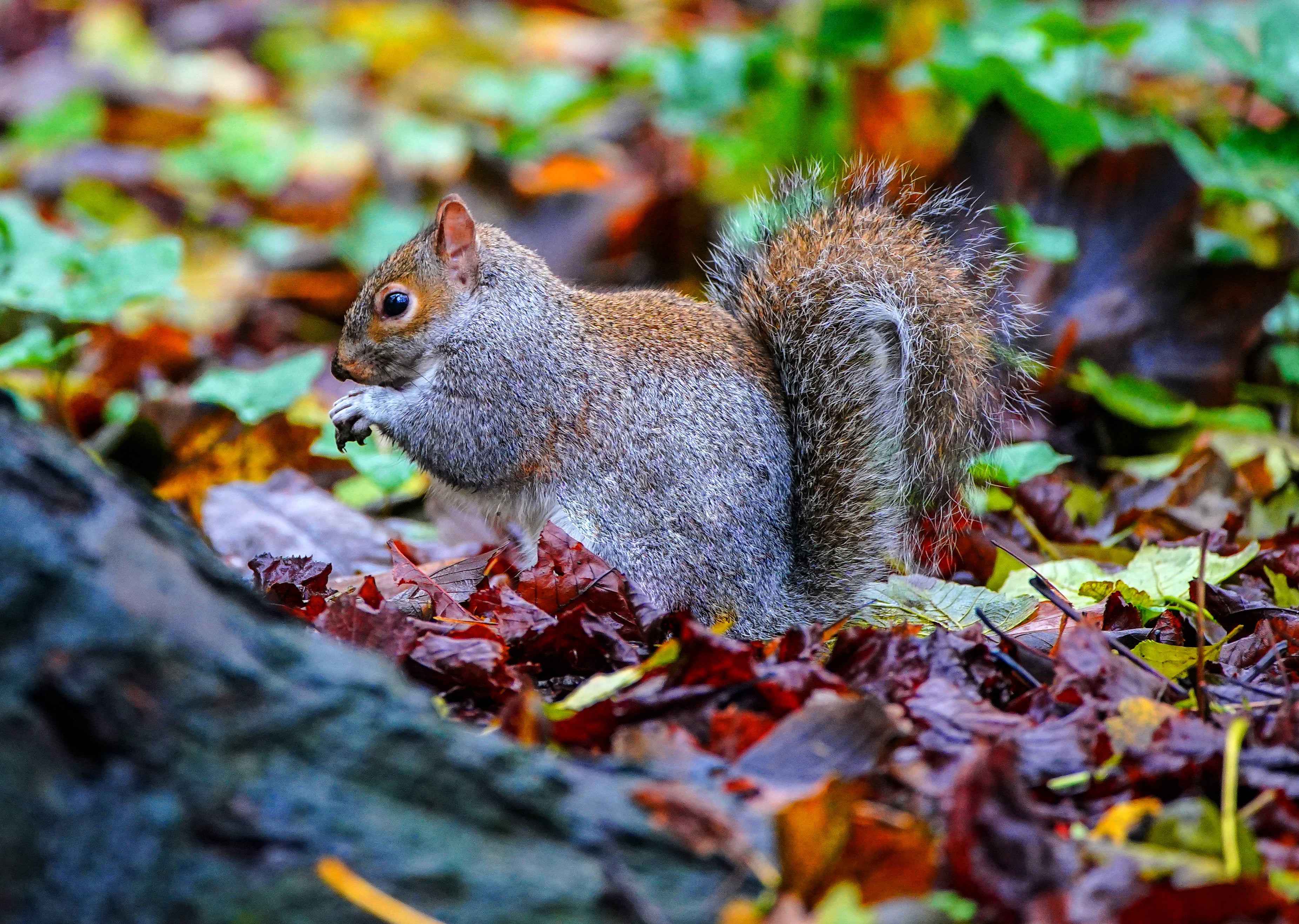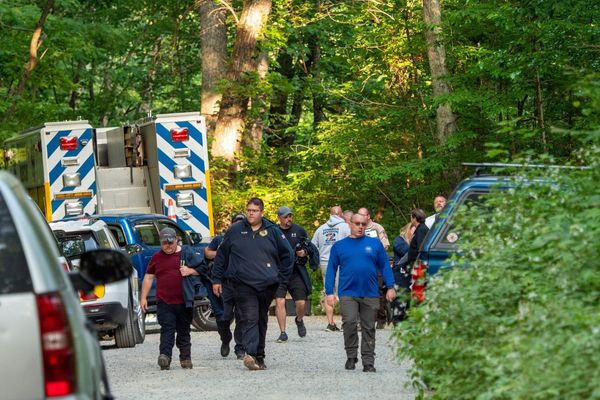
Less than 1% of the Government’s biosecurity budget goes on invasive species, despite the danger they pose to British wildlife, figures suggest.
Conservationists warned the funding to tackle non-native plants and animals was failing to match the risk they posed to “cherished” native species from water voles to ladybirds, as well as to waterways, homes, businesses and local green spaces.
They have called for more resources for border checks to stop non-native species arriving here, and funding for local groups to tackle the problem on the ground.
A freedom of information request to the Animal and Plant Health Agency by Wildlife and Countryside Link (WCL) shows only £2.47 million of the estimated £250 million biosecurity budget was going to tackling invasive species.

And just £250,000 of that was being channelled to local groups tackling non-native species on the ground – which range from Himalayan balsam and floating pennywort choking waterways to rhododendrons and giant blackberries strangling woodlands and grasslands, conservationists said.
The figures also show £22.7 million of the wider biodiversity budget – around 3% of the spend on protecting important habitats and species – was spent on tackling invasive species.
This funding is thought to be going towards areas such as tree disease ash dieback and Asian or yellow-legged hornets which pose a huge threat to honeybees and other insects, WCL said.
Spending on stopping the spread of yellow-legged hornets bucks the trend of low funding, the conservationists said – with more than £2.2 million spent over the last two years, compared to just under £500,000 in the same period on local action for wider invasive species.
Research has found that efforts to stop the yellow-legged hornets in the UK have delayed the insect’s establishment when it has already taken hold in many countries.
But Wildlife and Countryside Link coalition of conservation groups said while this was a big achievement, the hornet, a voracious predator of other insects which first arrived in Europe on a shipment of pottery 20 years ago, was likely to establish here at some point.
And the high costs of tackling it shows the need to give greater border check powers and resourcing to stop these species arriving in the UK in the first place, the conservationists said.
The wildlife experts say invasive species play a major role in more than 60% of extinctions worldwide.
In the UK, species are in serious decline due to invasive species including water voles, preyed on by non-native mink, red squirrels, which face competition and disease spread from their grey cousins, and white-clawed crayfish that are under threat from North American signal crayfish.

Lisa Manning, policy officer at Wildlife and Countryside Link, said: “Invasive species are one of the biggest risks to cherished species from water voles to ladybirds.
“They also wreak havoc on our waterways and cause damage to businesses, homes and to local parks and other green spaces.
“But the funding and support from the Government is failing to match the level of this threat,” she warned.
“We need more border check powers and resources to prevent new harmful species arriving.
“And more funding is needed to fight invasive species that have already arrived, so that local groups can stop struggling on an annual basis and take the long-term action needed for nature,” she urged.
Erin Shott, advocacy officer at Plantlife, said: “Local groups and volunteers are putting up a great fight to halt the spread of invasive species.
“But this action needs further co-ordination and dedicated funding if we’re to stop further damage to treasured local nature sites and native British wildlife.”
David Smith, from insect charity Buglife, said that despite the UK’s success on yellow-legged hornets, “we cannot afford to rely on reaction alone”.
“With many more invasive invertebrate species on the horizon, such as Chinese mystery snails, which can carry harmful parasites, and Asian longhorn beetles, which threaten our trees, timber, and fruit industries, there is a growing danger to both wildlife and the economy.
“We must focus on prevention rather than cure,” he said.
An Environment Department (Defra) spokesperson said: “This Government will never waver in its duty to protect the UK’s biosecurity.
“That’s why we are bolstering our national biosecurity with a £200 million investment to set up a new National Biosecurity Centre and just last week announced £10 million of funding for cutting-edge surveillance projects to detect the spread of diseases and non-native species.”
An Animal and Plant Health Agency spokesperson said: “Our teams work hard to tackle the threat of invasive non-native species, which cost the GB economy nearly £2bn a year, and help deliver a seamless border that maintains frictionless trade while protecting biosecurity.
“Members of the public who encounter invasive non-native species should report them following instructions on the Non-Native Species Secretariat website.”
Pioneering mapping data shows 80% of England’s peatlands are dry and degraded
The geoengineering Britain is funding feels like a last resort
Ratify ocean treaty and ban destructive fishing in protected areas, PM urged
The future of bananas is under threat
Bananas under threat as rising temperatures killing crops – report
Attenborough film unveils seabed destruction caused by bottom trawling







